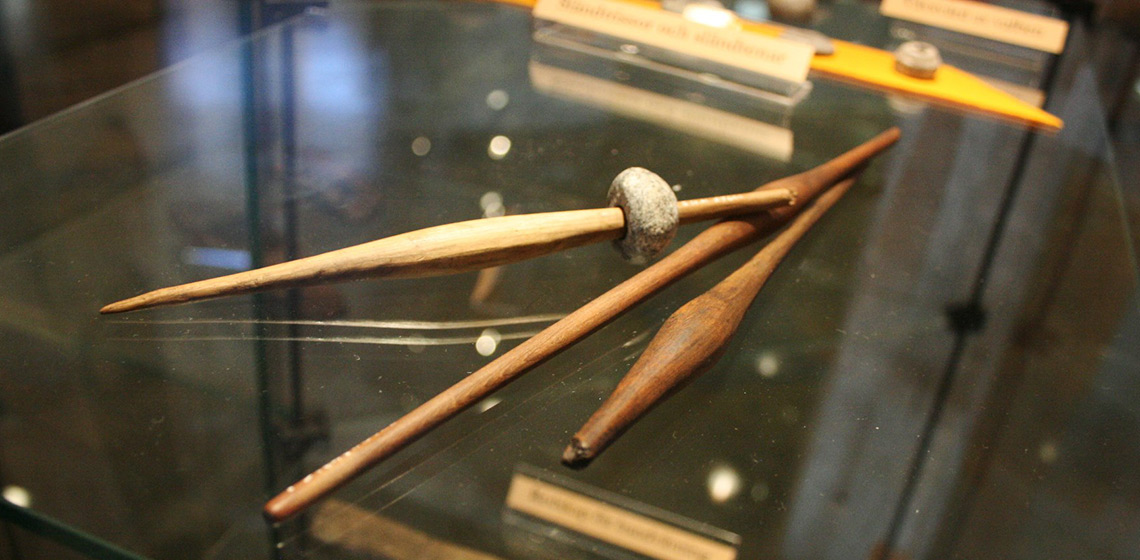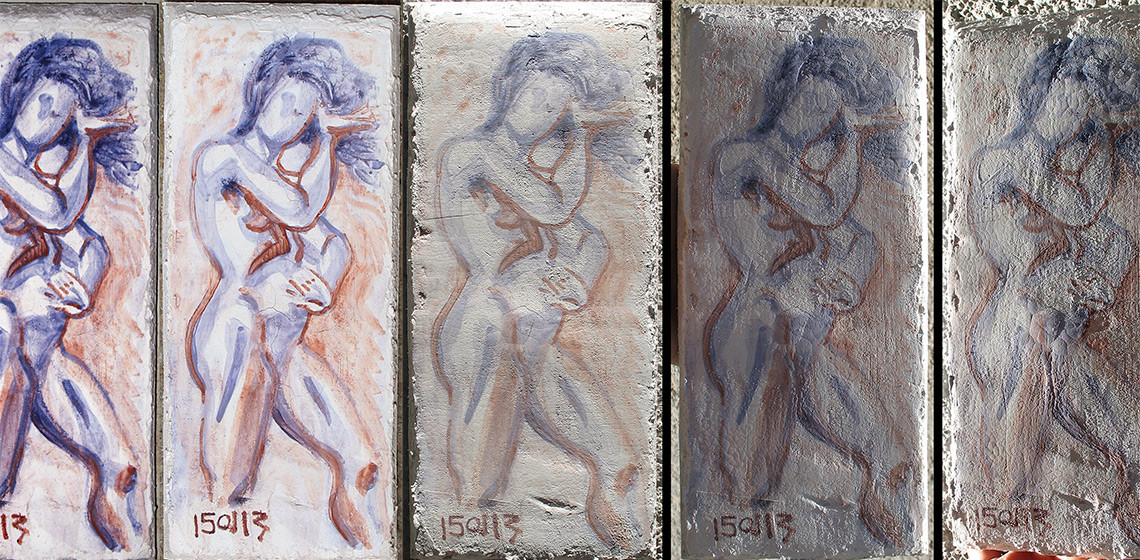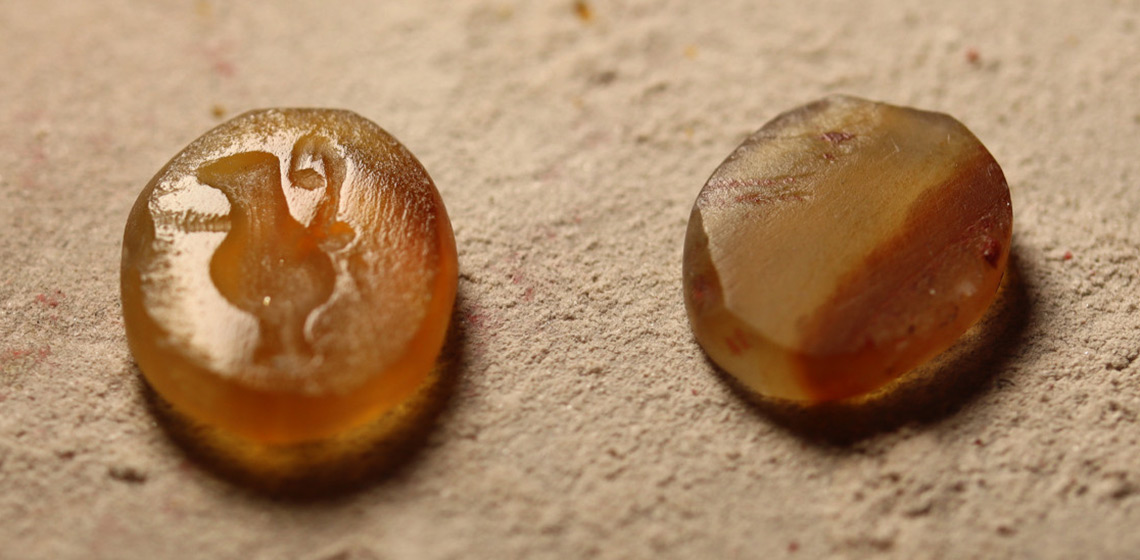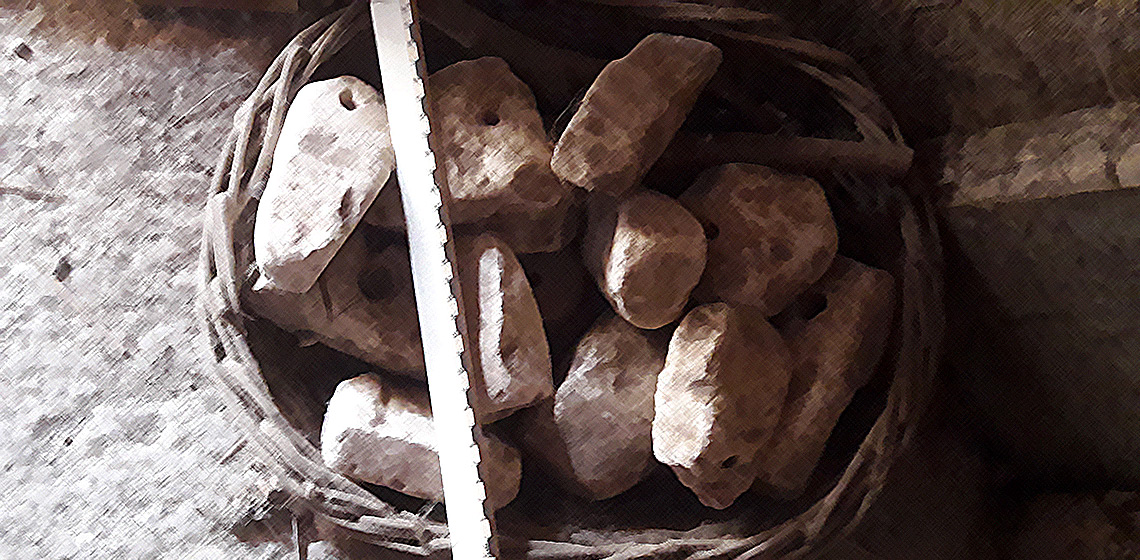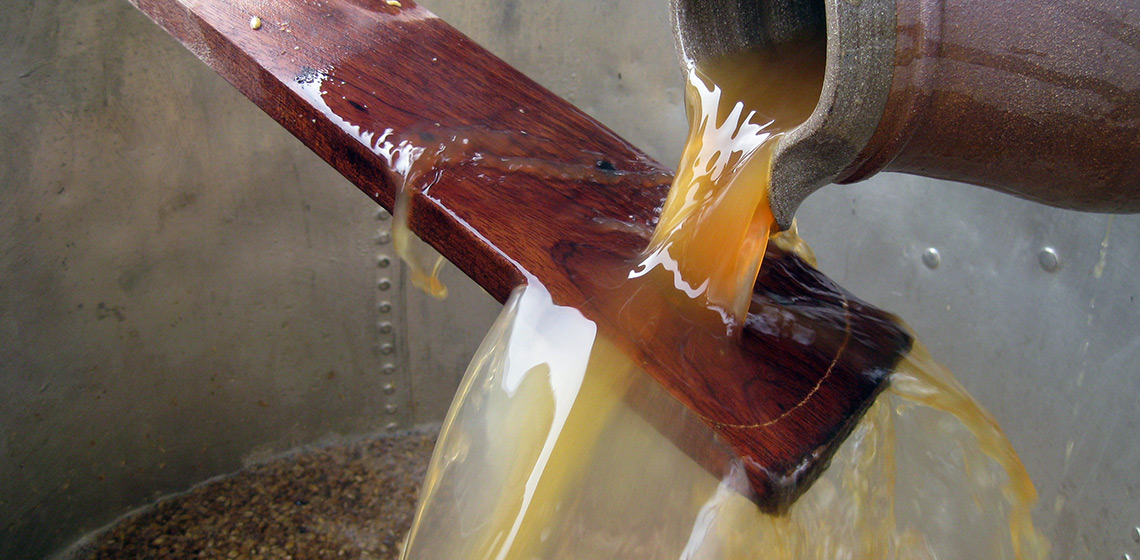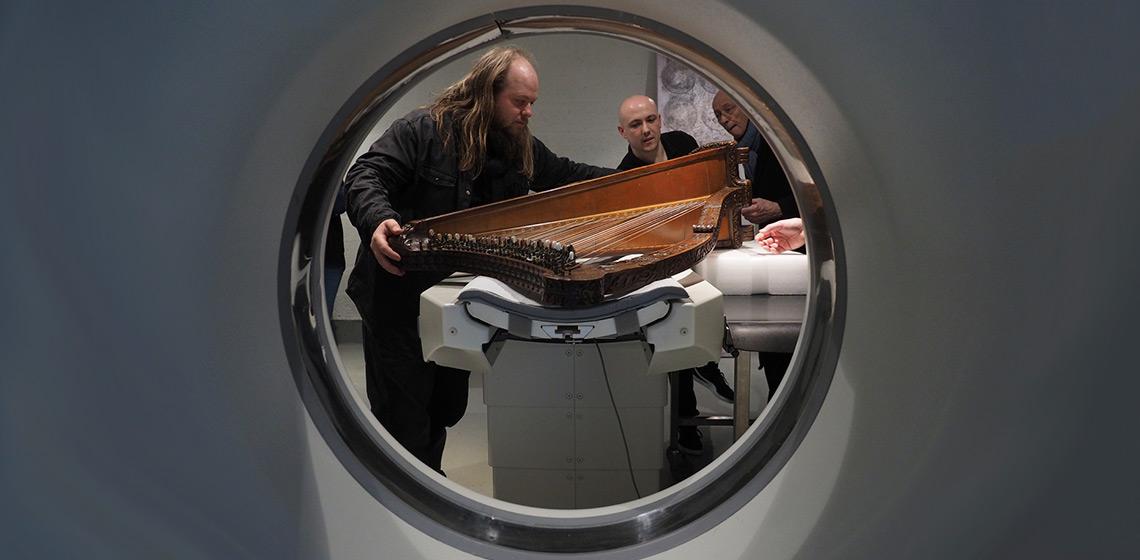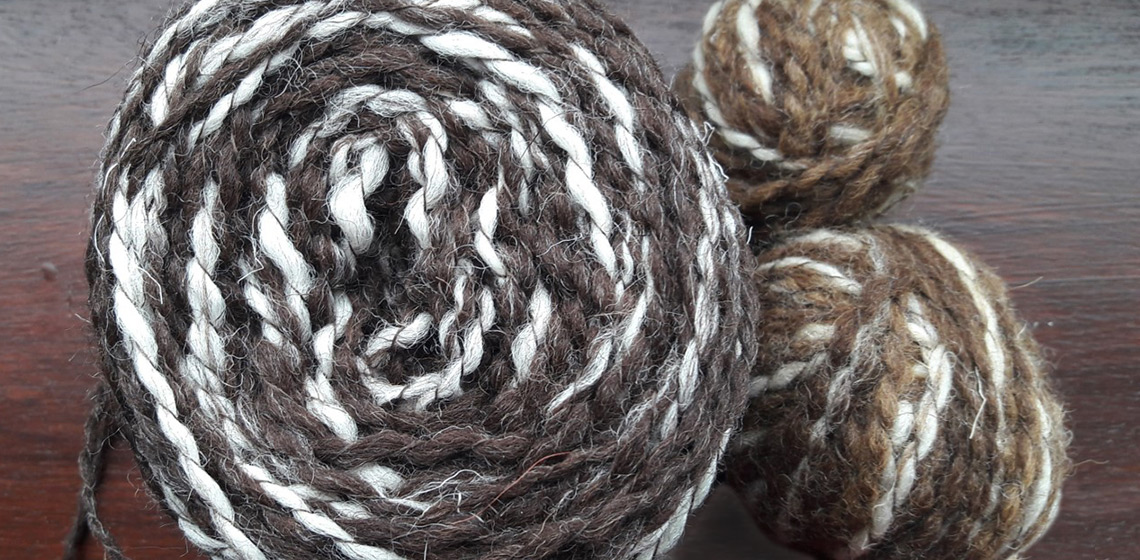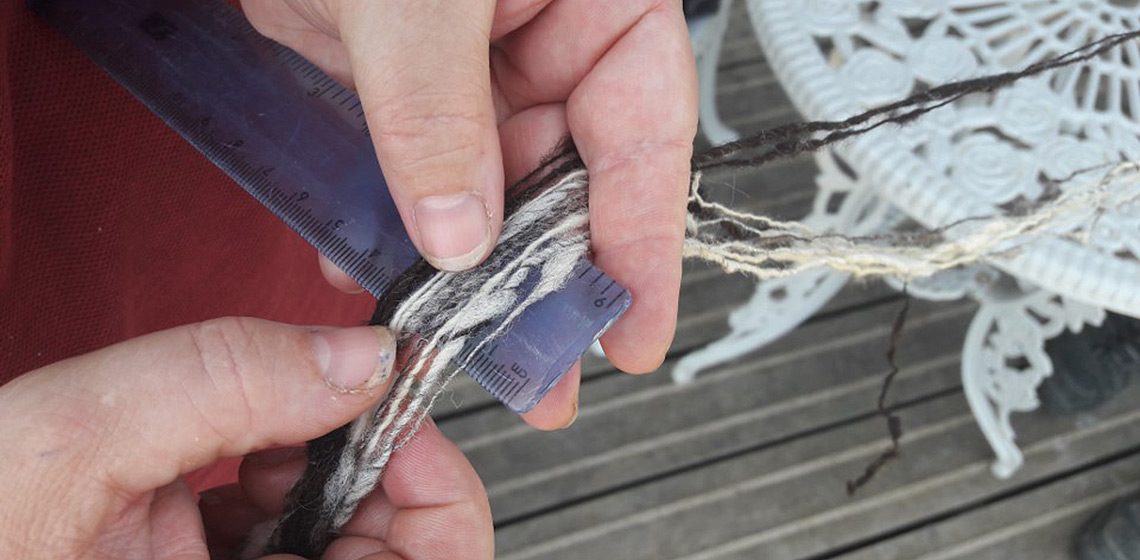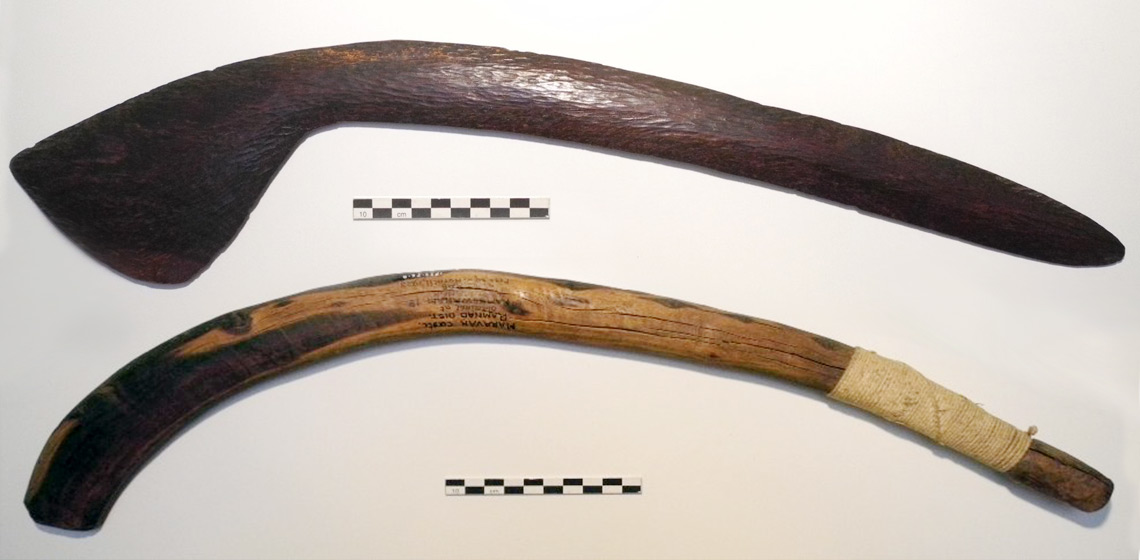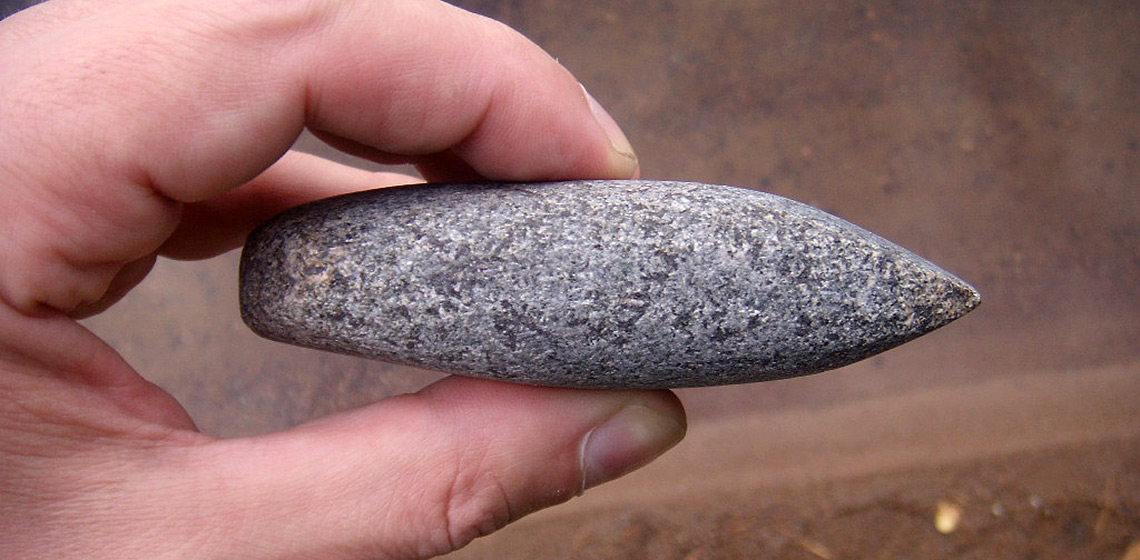Ancient Technology
Fresco Mixtures with Dried Lime Plaster: Cameron’s Experiments Revisited
Introduction
During the Bronze Age, the craftspeople of the eastern Mediterranean practiced a form of reuse or recycling: fragments of mortar were used as aggregates in lime mixtures intended for walls or floors (Shaw, 1973, p.222; Brysbaert, 2003, pp.168-173, pp.175-176; Jones, 2005, p.220; Brysbaert, 2008, p.118). Such a mixture was found in a house in the Akrotiri settlement of Santorini, in a part of the wall that was intended to be painted (Jones, 2005, p.220).
The Career of an Orange Stone
A Discussion on the Position of Weaving in the Society of Prehistoric Britain
The Ancient Magic of Malt: Making Malt Sugars and Ale from Grain Using Traditional Techniques
Priae (FR)
The Research Center for Interpretation and Experimental Archeology (Pôle de recherche, interprétation et archéologie expérimentale, PRIAE) is a international initiative.
Research, interpretation and experimental archeology center - its main objective is to increase the knowledge about the musical practice of Antiquity and the Middle Ages, as we ll as the inventory, study and valuation of artefacts adjoining.

